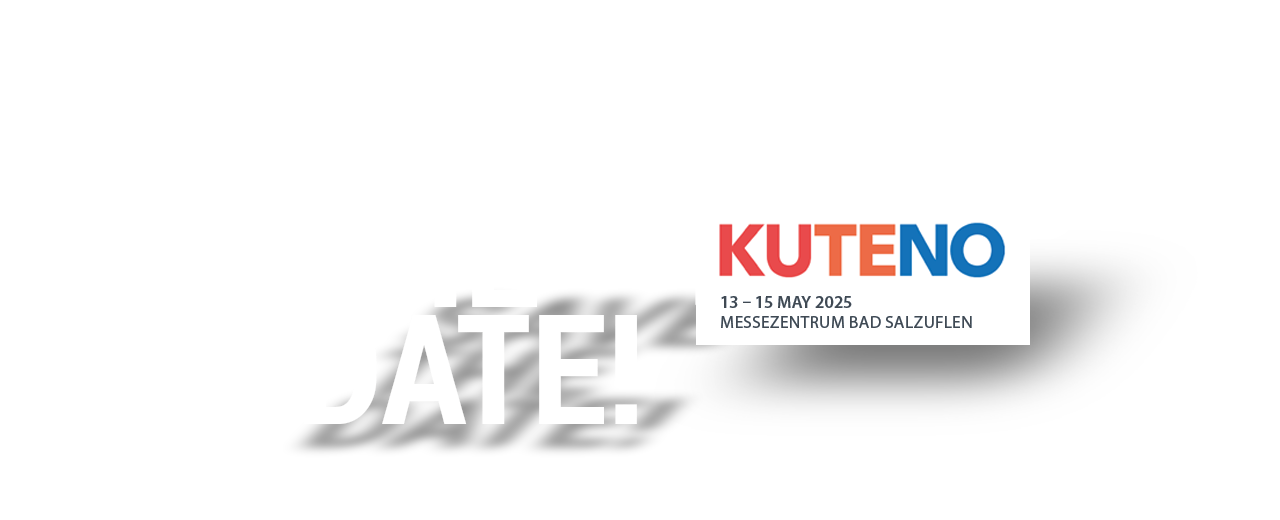Your component - Your material - Our solution
Cryogenic deburring - the process
During cryogenic blasting deburring, the components to be processed are subcooled in a processing room with a suitable coolant, and therefore the burrs become brittle, and are blasted with a blasting medium. The aim of this is to remove the unwanted burrs from the components. These can be efficiently removed up to a thickness of 0.2mm – and even thicker according to the component composition.
Due to processing the components in a processing drum, additional deburring of the components takes place, due to their relative movement to each other. This procedure is also carried out without blasting medium, in systems with and without corresponding charge – e.g. steel balls. This is called cryogenic drum deburring. This is used for pre-de-burring of components (separation of moulded parts and sprue elements) and for the deburring of polyurethane moulded parts. The process can also be used for complete deburring, according to quality requirement.
Innovative Insulation Technology
Due to the very cold temperature level in the processing room and the necessary accessory units, icing due to humidity is one of the biggest challenges in plant engineering - especially to ensure continuous 3-shift operation. Here our systems are market leader with 120 mm insulation.
PROCESS PARAMETERS FOR CRYOGENIC BLASTING DEBURRING
Your component - your material - our solution:
Details about the process of cryogenic deburring:
As a rule, liquid nitrogen is used as a refrigerant, which boils at -196° C (77 K) in this aggregate condition. The clear, colourless liquid has a density of 807 g/l at the boiling point. The label for liquid nitrogen is LN.
The liquid nitrogen is sprayed onto the components to be processed, via nozzles in the processing area. Due to a temperature sensor in the processing area, and an upstream liquid nitrogen valve, the temperature is regulated in there.
The liquid nitrogen is provided by an appropriately insulated tank. The expansion rate from liquid to gaseous state is 1:691. This means that corresponding excess pressure occurs in the processing area. The use of liquid nitrogen as a refrigerant has proven itself in practice, as it is simple and field tested – and therefore can be provided cheaply.
Theoretically, only the burrs should be cooled with the refrigerant, in order to be able to separate them mechanically. In practice however, the components are completely cooled, particularly in the edge zone. The brittleness of most materials increases with the falling temperature.
In the processing area, round and polygonal drums and alternative belt troughs are used. Here, the components are cooled, mixed and blasted.
The mixing serves to feed the refrigerated components in the working direction of the blasting medium. Also, due to the mixing, a relative movement of the components takes place, where abrasion of the burrs also occurs.
The drums are the perforated variants, to transport the abrasion (burr residues) and the blasting medium out of the processing area. At this point, the expansion rate of the liquid nitrogen must also be considered. The gas that develops here must be dissipated. This occurs through the perforated processing drum. In the processing drum, the components are conveyed into an area, via roller rails, during the rotating movement, where the refrigerated components are transported in the working direction of the blasting medium. In doing so, the components are mixed.
At the same time, the components are transported out of the processing drum with these roller rails, after processing, if it is horizontally aligned. With the process parameter of speed of the processing drum, the rolling behaviour and the optimum mixing of the components must be considered. According to the machine structure, it will be blasted into the drum, or blasted through the outer drum wall, made of wire mesh.
With cryogenic deburring, steel shot or polycarbonate granulate is used as a blasting medium. With steel shot, a granulation of 0.3–0.4mm is used. Due to the high specific weight of 7.85 kg/ dm³, a very high kinetic energy can be achieved here.
Due to the steel abrasion, the parts can be easily soiled, which is why washing is necessary. Furthermore, the wear to the components guiding the blasting medium (screws, blasting wheel etc.) is very high, and wear protection materials such as hard manganese steel are used. However, these also only have a limited service life.
Polycarbonate granulate can be acquired in various forms (Pentacorn, cylindrical, cuboid) and the following granulations are used:
0.3 mm · 0.5 mm · 0.75 mm · 1 mm · 1.5 mm
According to the burr composition and required deburring quality, these different granulates are used. With smaller granulates, a better deburring with less residual burrs can be achieved.
Polycarbonate has a very low moisture absorption, a density of 1.02 kg/dm° and a good low temperature resistance of up to -150° C.
The system wear to the machine is very low with polycarbonate. In the deburring system, residual burrs are cleaned off the revolving granulate in a two step vibration screen. Smaller granulate particles (wear) are also removed here. Impact speed, blasting distance, blasting impact angle and blasting medium throughput, coverage level and exposure time are influences on the blasting result.
The acceleration of the blasting medium can occur pneumatically via a gas flow (mostly pressurised air), and mechanically with a blasting wheel. The speed of the blasting wheel determines the kinetic energy of the granulate.













